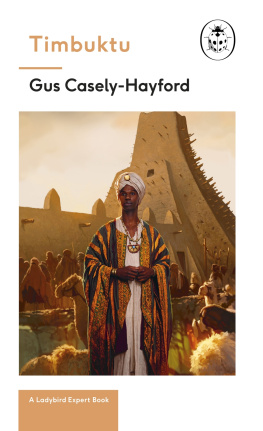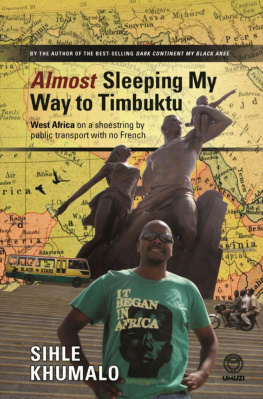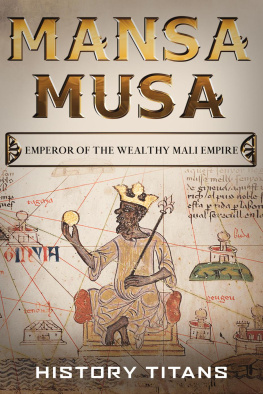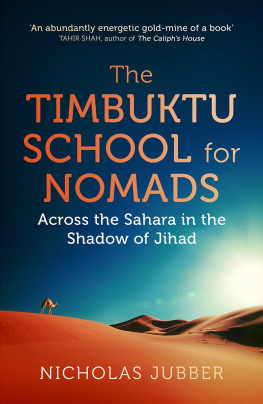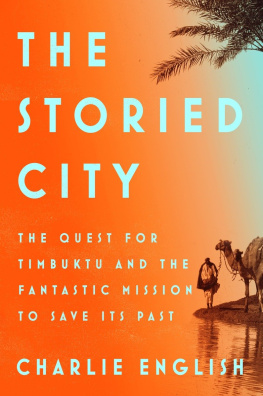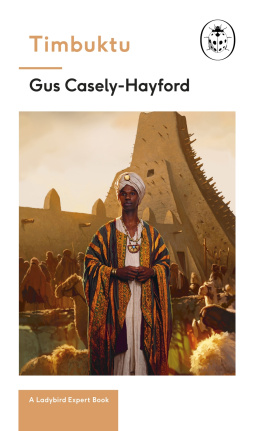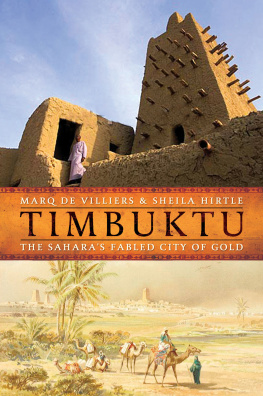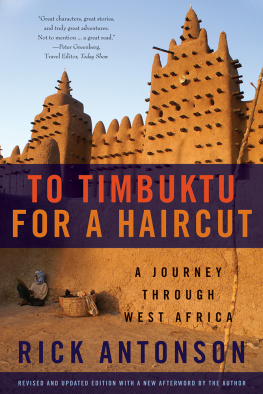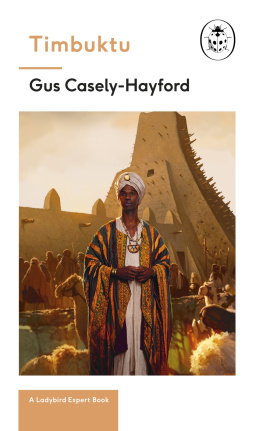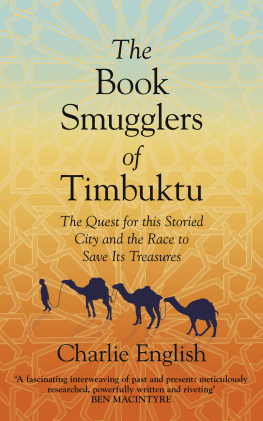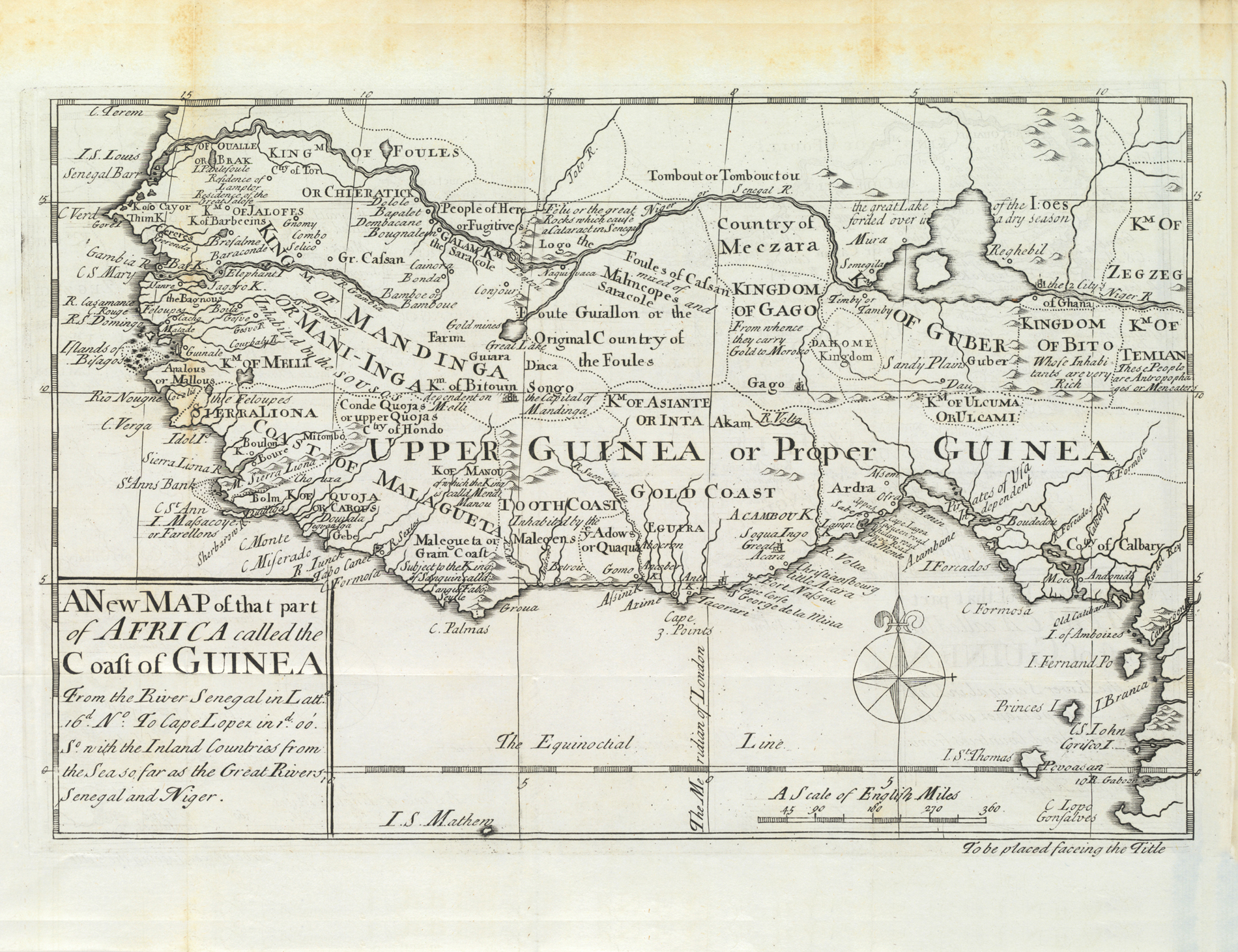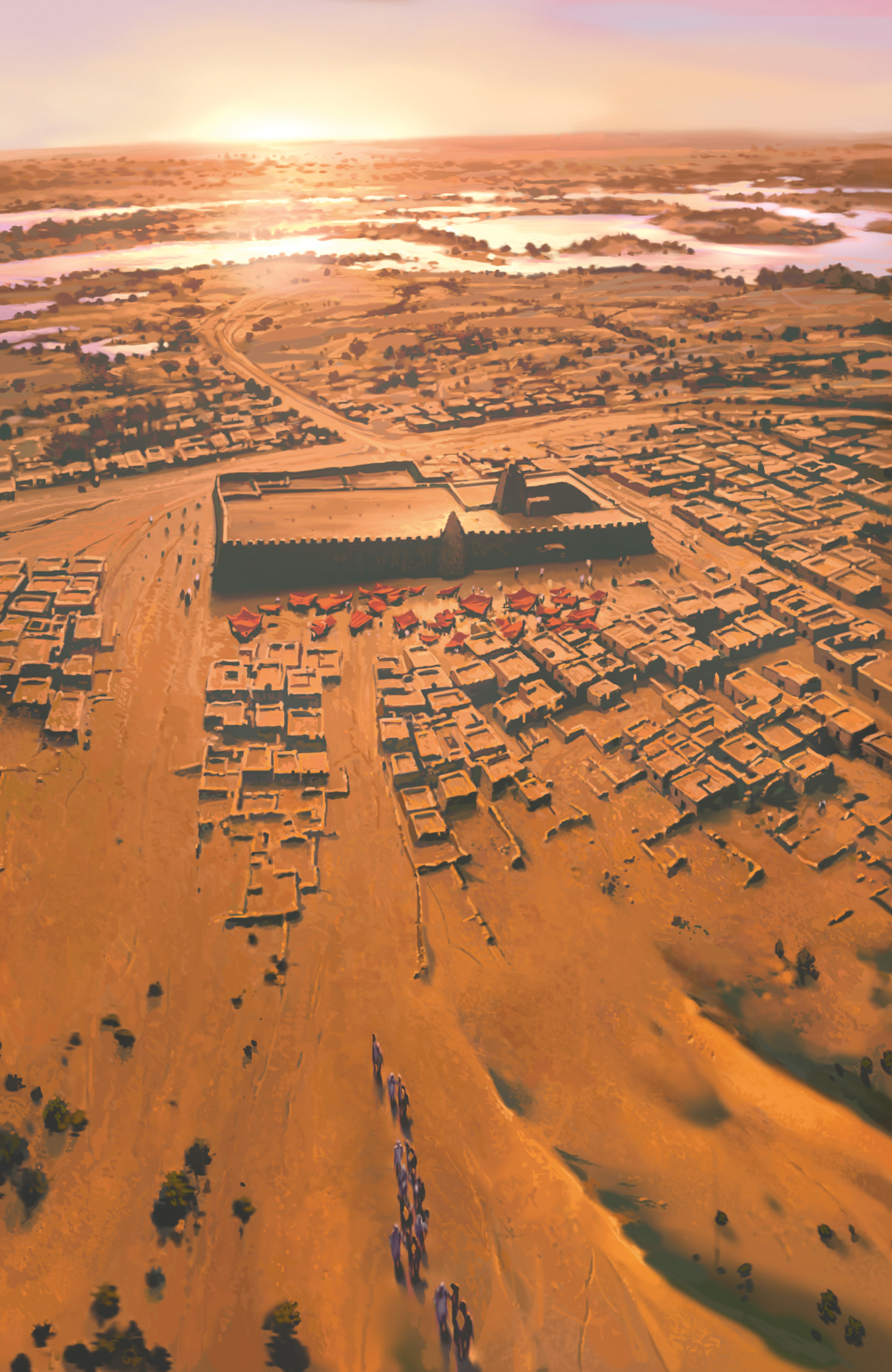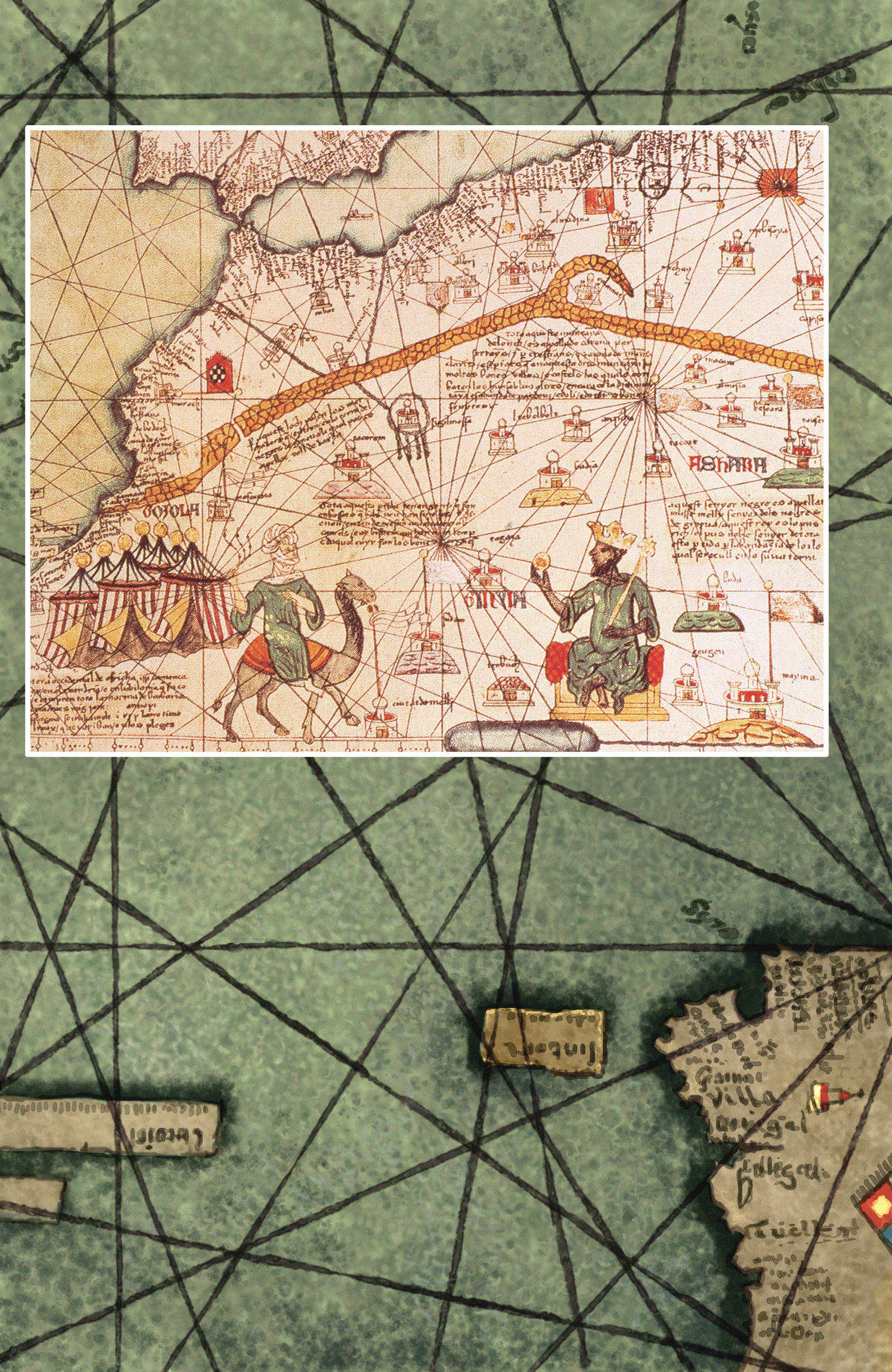Gus Caseley-Hayford - Timbuktu: The Secrets of the Fabled but Lost African City
Here you can read online Gus Caseley-Hayford - Timbuktu: The Secrets of the Fabled but Lost African City full text of the book (entire story) in english for free. Download pdf and epub, get meaning, cover and reviews about this ebook. year: 2018, publisher: Penguin Books, genre: History. Description of the work, (preface) as well as reviews are available. Best literature library LitArk.com created for fans of good reading and offers a wide selection of genres:
Romance novel
Science fiction
Adventure
Detective
Science
History
Home and family
Prose
Art
Politics
Computer
Non-fiction
Religion
Business
Children
Humor
Choose a favorite category and find really read worthwhile books. Enjoy immersion in the world of imagination, feel the emotions of the characters or learn something new for yourself, make an fascinating discovery.
- Book:Timbuktu: The Secrets of the Fabled but Lost African City
- Author:
- Publisher:Penguin Books
- Genre:
- Year:2018
- Rating:4 / 5
- Favourites:Add to favourites
- Your mark:
Timbuktu: The Secrets of the Fabled but Lost African City: summary, description and annotation
We offer to read an annotation, description, summary or preface (depends on what the author of the book "Timbuktu: The Secrets of the Fabled but Lost African City" wrote himself). If you haven't found the necessary information about the book — write in the comments, we will try to find it.
Learn about Timbuktu, in this clear and authoritative introduction to the place considered to be one of the most important trading cities of the medieval world.
Written by curator and cultural historian Gus Casely-Hayford, this book delves into the rise of the largest empire in West Africa and what made Timbuktu the most significant Saharan desert-port of the age.
Youll encounter the Mali Empire in its golden age, teeming with riches, scholars and trades. Its history steeped in magicians, epic wars, story-tellers and missing ships. Youll learn what made Timbuktu so notorious and irresistible to Europe, and why centuries later it still enchants the Western World with its beauty, wealth, mystery, intellectual excellence and legacy.
Inside youll discover . . .
- The significance of The River Niger
- The great advantages of the introduction of camels
- The birth of Mali
- The connections between Islam and the Mali Empire
- How the libraries give vivid access to the medieval African perspective
- And much more . . .
Written by the leading lights and most outstanding communicators in their fields, the Ladybird Expert books provide clear, accessible and authoritative introductions to subjects drawn from science, history and culture.
For an adult readership, the Ladybird Expert series is produced in the same iconic small hardback format pioneered by the original Ladybirds. Each beautifully illustrated book features the first new illustrations produced in the original Ladybird style for nearly forty years.
About the Author
Gus Casely-Hayford is the Director of the Smithsonian, National Museum of African Art. He is also known for his work as an historian, a broadcaster, and advocate for the arts.
Publisher: Penguin (March 22, 2018)
Gus Caseley-Hayford: author's other books
Who wrote Timbuktu: The Secrets of the Fabled but Lost African City? Find out the surname, the name of the author of the book and a list of all author's works by series.

